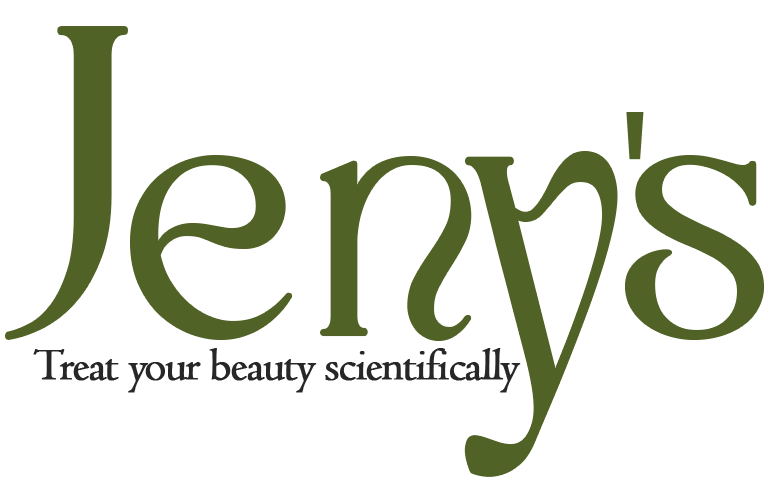Keloid
A keloid is a raised, thickened area of scar tissue that develops at the site of an injury, surgical incision, or even minor skin damage like acne or piercings.
Descriptions
Keloids grow beyond the boundaries of the original wound and do not regress over time. They are benign (non-cancerous) but can cause cosmetic concerns and sometimes discomfort.
Characteristics of Keloids
- Appearance:
- Raised, shiny, and smooth.
- Can be pink, red, or dark brown, depending on skin tone.
- Irregular in shape and often larger than the original injury.
- Texture:
- Firm and rubbery to the touch.
- Symptoms:
- May cause itching, tenderness, or pain.
- Some keloids are asymptomatic.
- Growth:
- They can develop weeks, months, or even years after the injury.
- Tend to grow slowly over time.
Book Appointment

Causes of Keloids
Keloids form due to an overproduction of collagen during the wound-healing process. This excessive tissue growth extends beyond the original wound.
Common Triggers:
- Skin Injuries: Cuts, burns, or surgical wounds.
- Acne: Severe or untreated acne can lead to keloid formation.
- Piercings: Especially on the earlobes, chest, or face.
- Vaccination Sites: In rare cases, keloids can form at injection sites.
- Chickenpox or Other Skin Conditions: Can leave scars that may develop into keloids.
Treatment Options
While keloids are not harmful, treatments can improve their appearance or alleviate symptoms like itching and discomfort. However, complete removal is challenging, and keloids may return after treatment.
Laser Therapy:
- Reduces the keloid’s size, color, and texture.
ILS Injection:
- ILS injections are effective for reducing the size and symptoms of keloids in most cases.
- Results may vary, and some keloids may require additional treatments or combination therapies for optimal results.
No Cost, Just Beautiful Skin.
Ready for a change? Start with a free consultation and explore the best treatments for your skin.
